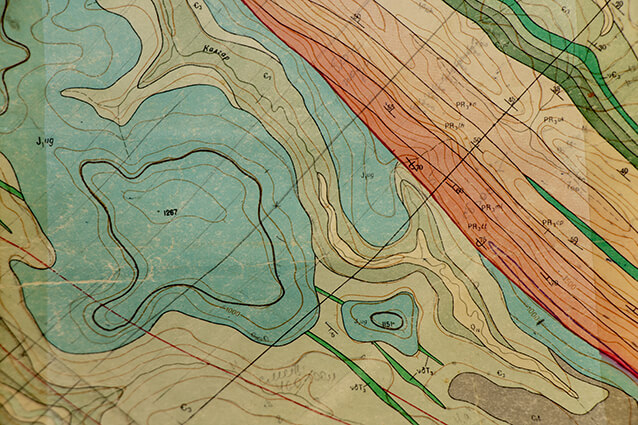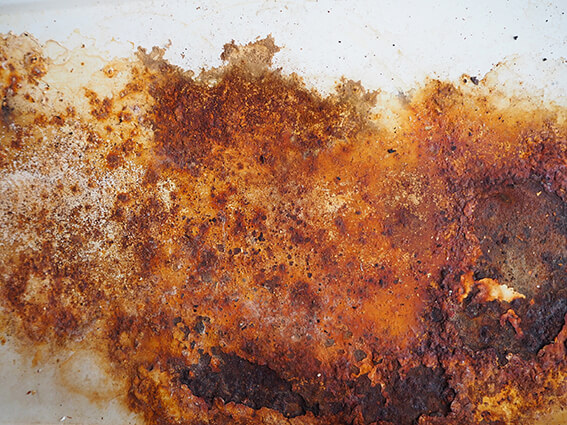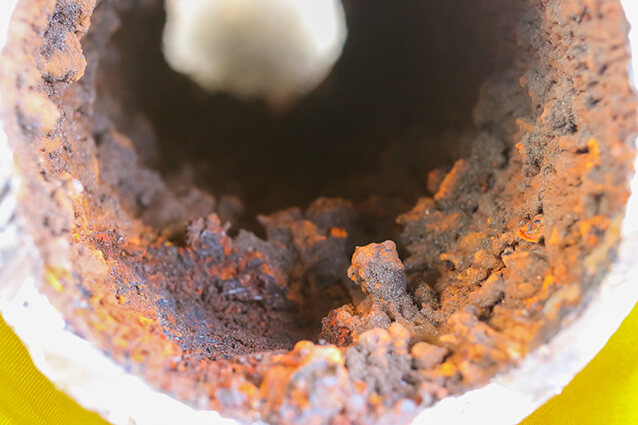Fuel chemistry insights with rigorous and accurate thermodynamic and kinetic models
Access accurate predictions of phase and chemical equilibria and a broad range of thermodynamic properties using advanced molecular models.
OVERVIEW
Versatile capability to simulate complex environments
Nature is infinitely complex and we have to deal with multicomponent, multiphase systems that contain electrolytes and non-electrolytes. We need to cover wide ranges of temperatures—from cryogenic conditions to high temperatures in boilers—and deep well environments. The concentrations of interest can vary from extremely dilute solutions of toxic contaminants to very concentrated salt solutions or even pure acids or ionic liquids.

Aqueous Model
A reliable, time tested legacy model that covers a wide range of components in systems dominated by water.
MSE Model
The state of the art model for mixtures containing any combination of electrolytes and nonelectrolytes without concentration limits.
MSE-SRK
A special version of the MSE model maximizes accuracy for upstream oil and gas applications.
MSE corrosion model for CRA
The OLI MSE (Mixed Solvent Electrolyte) corrosion model is a sophisticated tool developed for predicting corrosion in a variety of environments, including non-aqueous systems. This model utilizes the MSE framework to accurately predict chemical and phase equilibria in complex systems.
Thermophysical Modeling Services
Consulting services provided by OLI experts for the development of custom thermodynamic models or enhancing OLI’s standards models.
CORROSION MODELING
Corrosion modeling using thermodynamics and electrochemical kinetics
Predict the tendency of metals and alloys to corrode. Quantitatively evaluate rates of general corrosion, predict propensity for localized corrosion and forecast remaining useful life using statistical methods.

Stability Diagrams
Combine the power of OLI thermodynamic models with the ease of use of Pourbaix diagrams to predict the conditions for corrosion, immunity and passivation.
General Corrosion
Predict the corrosion rate and corrosion potential by quantifying the key electrochemical phenomena that are responsible for corrosion in the active and passive state.
Pitting and Crevice Corrosion
Predict the propensity for localized corrosion and its maximum propagation rate by using models for repassivation and corrosion potential.
Cracking Phenomena
Predict the propensity for initiation of stress corrosion cracking starting from localized corrosion and evaluate the possibility of intergranular corrosion resulting from heat treatment.
MINERAL SCALE MODELING
Predict mineral scaling formation in industrial, natural and produced waters
Combine the power of electrolyte thermodynamics for solubility predictions with industry standard scaling scenario modeling. Predict mineral scale formation in systems ranging from natural waters to high pressure, high temperature production environments. In the near future, supplement thermodynamics with the prediction of kinetics of scale formation including the effect of inhibitors.

Rigorously predict the formation of mineral scales in complex brines
Utilize the power of the MSE and MSE-SRK models to deliver accurate solubility and scaling tendency predictions.
Coming soon: predict the induction time for onset of mineral scaling
Utilize a new kinetic model for systems with and without scale inhibitors to design appropriate chemical treatment programs.

RELATED RESOURCES


